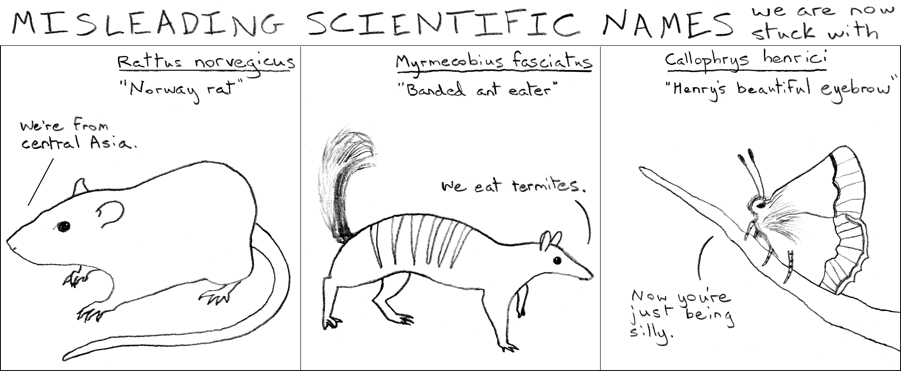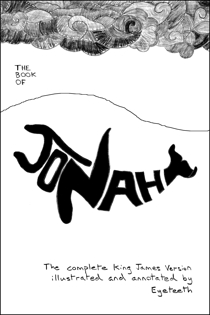Misleading Scientific Names
Rattus norvegicus, as you may know, really is called the Norway rat, as well as the sewer rat or brown rat. It has an airtight alibi for the fourteenth-century Black Death, because it was not yet in Europe at the time. The rat that carried the flea that carried the bacterium that killed a third of Europe was Rattus rattus, the black rat, which got around the world faster because of its only significant competitive advantage over the bigger, stronger, smarter Norway: it needs very little water. That meant it could hitch a ride on ships with much greater ease. Both species are excellent swimmers, however, and the Norway did eventually get everywhere except Antarctica. You may see one today, if you’re lucky.
When people say rat they are usually referring to R. rattus or R. norvegicus, though there are several dozen species in the genus Rattus, which by the way is not real Latin. The ancient Romans did not distinguish between rats and mice, probably because they were looking at black rats, who look more like big mice than Norways do, and called them all mus, the word that of course became the English mouse and the species name Mus musculus, “mouse, little mouse.” What then to call the rats? Nothing daunted, scientists grabbed hold of the German Ratte, slapped a Latinate ending on it, and Bob’s your uncle. Thank a German for the name Rattus today!
The middle creature is also called by the meaning of its Latin name, “banded anteater,” but is more commonly called the numbat. It is a small, sleek marsupial that lives in Australia and eats termites, as well as the occasional ant that gets mixed in with the termites. But it certainly doesn’t eat ants on purpose. And Henry’s beautiful eyebrow, one of a whole genus of beautiful eyebrows, is a Henry’s elfin or woodland elfin. That name doesn’t make a whole lot of sense to me either, but it makes more sense than “Henry’s beautiful eyebrow.”


Discussion ¬